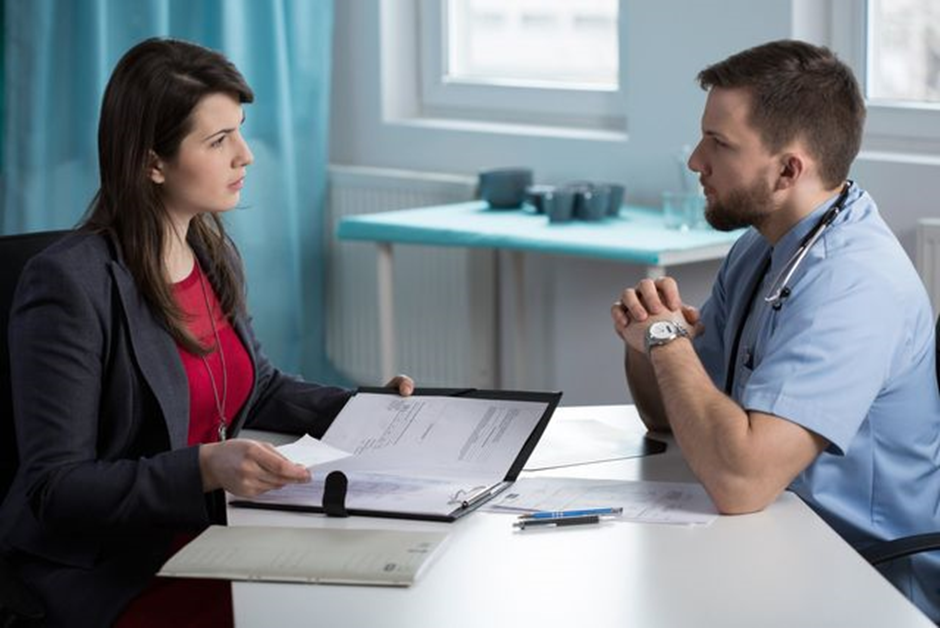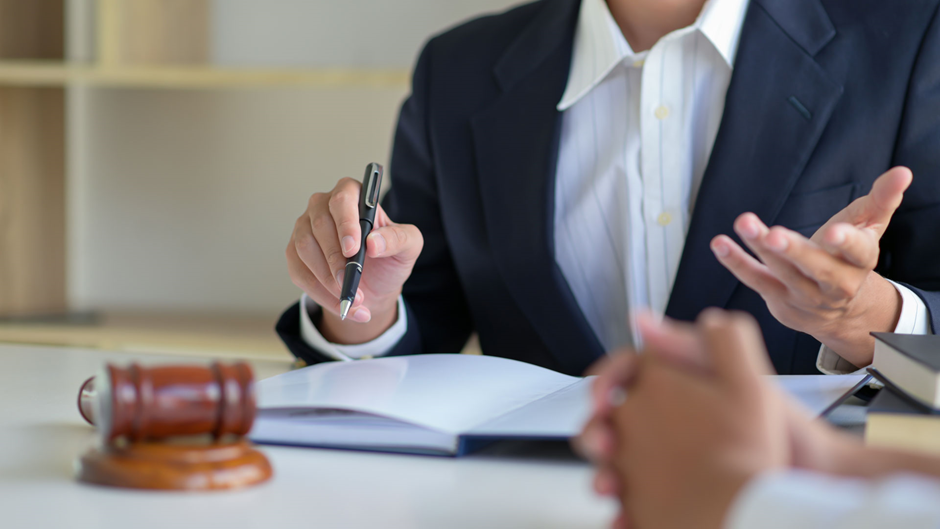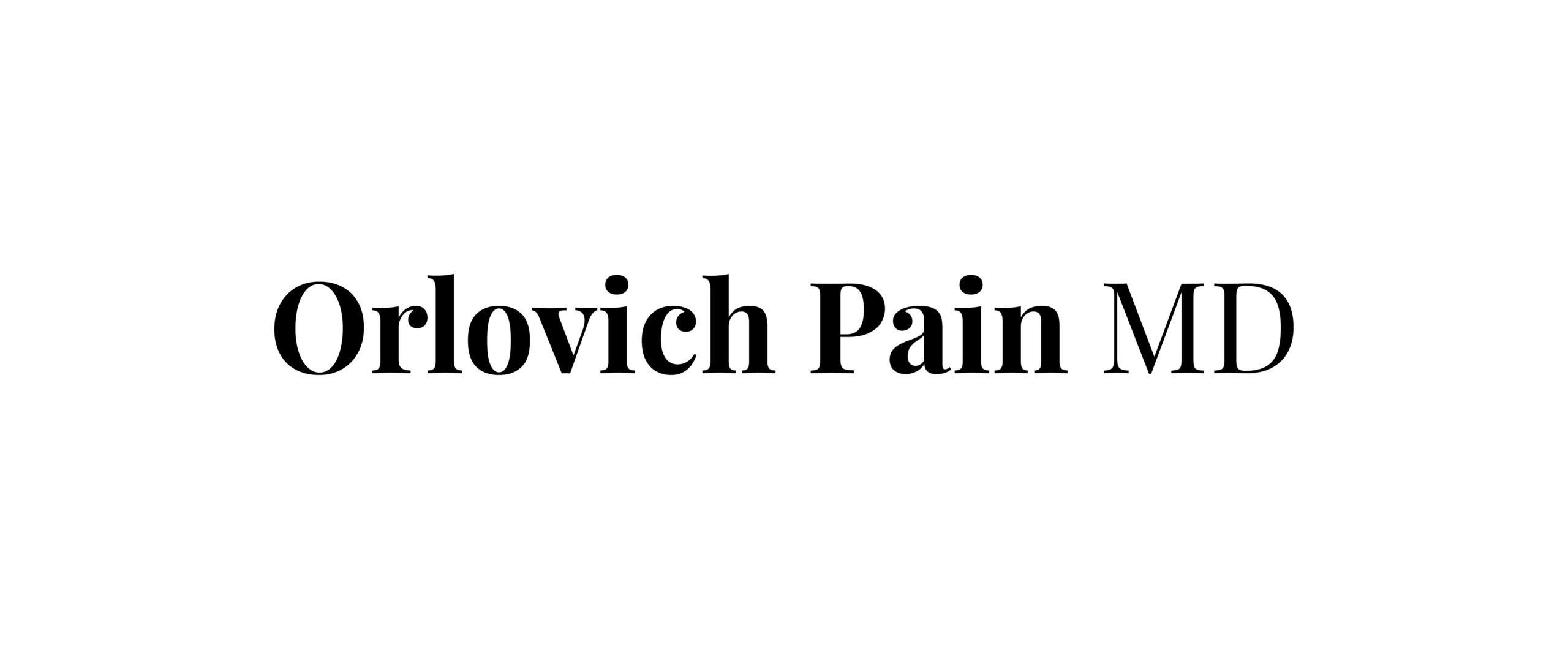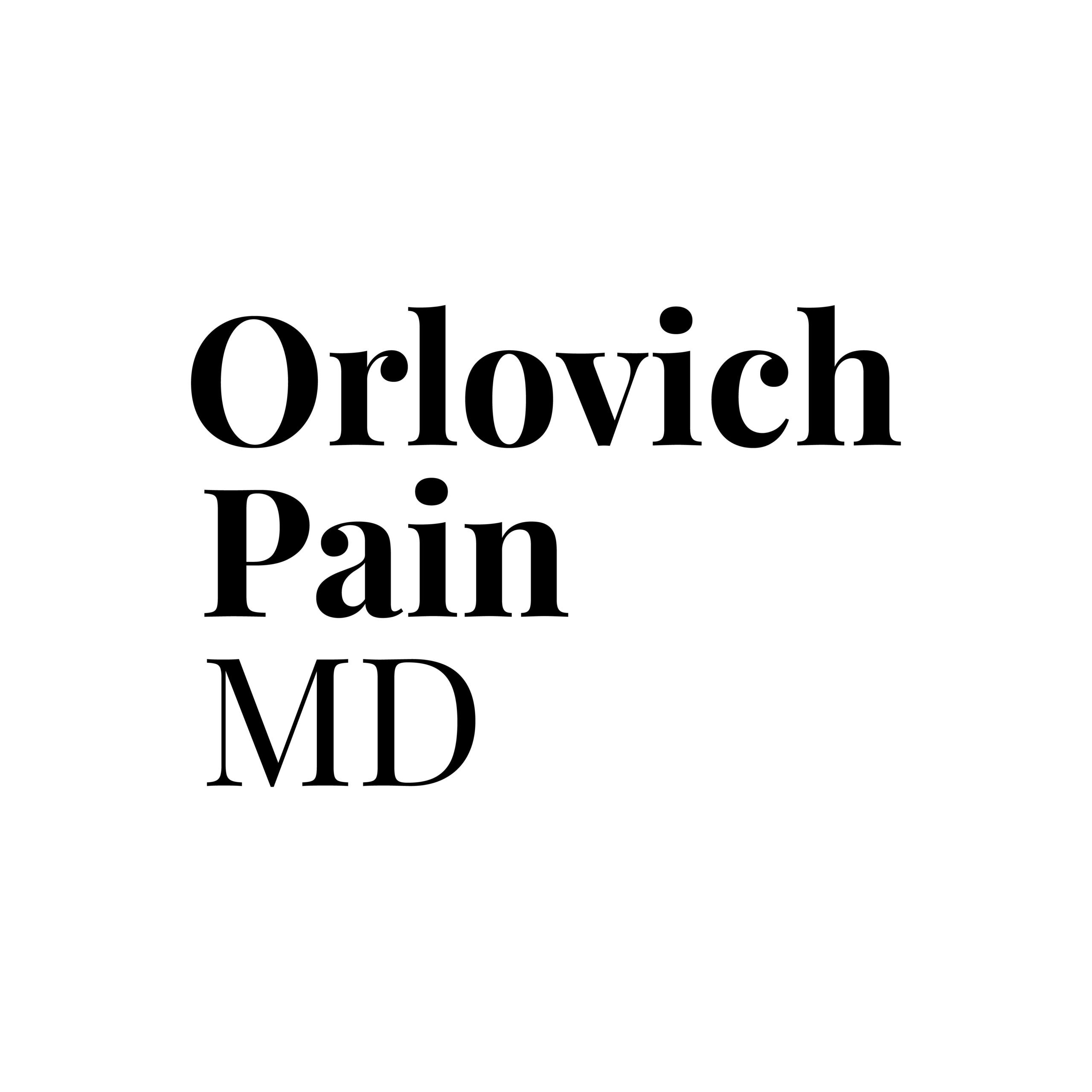Personal injury doctors are medical professionals who specialize in diagnosing and treating injuries sustained as a result of accidents, particularly in cases such as car accidents. These healthcare professionals play a crucial role in helping individuals recover from injuries, often collaborating with lawyers to provide essential medical documentation and expert testimony in legal proceedings. Their expertise lies in understanding the physical consequences of accidents and devising effective treatment plans to facilitate recovery.
Importance of Collaboration
The collaboration between personal injury doctors and lawyers is integral to the overall success of car accident cases. Lawyers rely on the medical expertise of these doctors to establish a clear connection between the accident and the injuries sustained. This collaboration ensures that the legal team has the necessary medical evidence to build a strong case, leading to fair compensation for the injured party.

Role of Personal Injury Doctors
Initial Assessment
Personal injury doctors are often the first healthcare professionals to assess and diagnose injuries after a car accident. Their initial assessment involves a thorough examination to identify and document all injuries, ranging from visible trauma to internal damage. This evaluation is critical in establishing a connection between the accident and the injuries sustained, forming the basis for legal claims.
Treatment Planning
Once injuries are identified, personal injury doctors develop comprehensive treatment plans tailored to each patient’s specific needs. These plans may include physical therapy, medication, surgery, or other interventions aimed at promoting recovery. The documentation of these treatment plans serves as crucial evidence in legal proceedings, demonstrating the extent of the injuries and the associated medical costs.
Medical Records Documentation
Accurate and thorough medical records are paramount in personal injury cases. Personal injury doctors meticulously document all aspects of their examinations, diagnoses, and treatment plans. These records serve as a detailed account of the injuries sustained, their impact on the individual’s life, and the medical expenses incurred. Lawyers use these records to substantiate their claims and negotiate settlements.
Expert Testimony
In some cases, personal injury doctors may be called upon to provide expert testimony in court. Their professional opinions carry significant weight in legal proceedings, helping judges and juries understand the medical complexities of the injuries. Expert testimony can influence the outcome of a case, particularly in establishing causation and demonstrating the long-term consequences of the injuries.
How Lawyers and Doctors Collaborate
Referrals and Recommendations
Lawyers often refer their clients to trusted personal injury doctors for evaluations and treatment. These referrals are based on the doctors’ expertise in documenting and treating accident-related injuries. The collaboration begins with a seamless transfer of information, ensuring that the lawyer is equipped with the necessary medical evidence to build a compelling case.
Communication Channels
Effective communication between lawyers and personal injury doctors is vital throughout the legal process. Lawyers need to stay informed about the progress of their clients’ medical treatments, and doctors must provide timely updates on diagnoses and prognoses. Open channels of communication enable a coordinated approach, ensuring that both legal and medical aspects are aligned for the benefit of the client.
Legal Documentation
The exchange of legal and medical documentation is a key element of collaboration. Lawyers need access to detailed medical records, including diagnostic images, treatment plans, and progress reports. On the other hand, personal injury doctors may require legal documents to understand the legal strategy and any specific legal standards that need to be addressed in their medical reports.

Understanding Legal Processes
Legal Standards for Injury Cases
Personal injury cases adhere to specific legal standards that require a clear demonstration of causation and damages. Personal injury doctors must understand these standards to provide medical evidence that directly supports the legal claims. This includes establishing a connection between the accident and the injuries and quantifying the economic and non-economic damages incurred by the injured party.
Depositions and Testimonies
During legal proceedings, personal injury doctors may be asked to provide depositions and testimonies. Depositions involve answering questions under oath, and testimonies involve presenting expert opinions in court. Both scenarios require doctors to articulate complex medical information in a way that is understandable to legal professionals and jurors. This process is crucial in reinforcing the connection between the accident and the injuries.
Challenges and Considerations
Legal and Ethical Boundaries
Collaboration between personal injury doctors and lawyers must navigate legal and ethical boundaries. Doctors must balance their duty to the patient with the requirements of legal proceedings. Patient confidentiality is paramount, and doctors need to ensure that their collaboration with lawyers does not compromise the privacy and well-being of the individuals they are treating.
Insurance Company Involvement
The involvement of insurance companies can introduce additional challenges. Personal injury doctors may face pressure from insurance providers to downplay the severity of injuries or rush patients through treatments. Lawyers need to be aware of these dynamics and work closely with doctors to ensure that the medical evidence presented accurately reflects the extent of the injuries and associated damages.
Importance
- Legal Credibility and Evidence
The collaboration ensures that legal professionals have access to credible medical evidence to substantiate their claims. According to the American Bar Association, medical documentation and expert testimony are crucial elements in establishing the causation and severity of injuries in personal injury cases [American Bar Association, “Evaluating Damages in Personal Injury Cases”].
- Fair Compensation for Injured Parties
Effective collaboration helps in securing fair compensation for the injured party. A study published in the Journal of Legal Economics emphasizes the role of medical evidence in determining economic and non-economic damages, ultimately influencing the compensation awarded to the injured party [Journal of Legal Economics, “Economic and Non-Economic Damages in Personal Injury Cases”].
- Navigating Legal Processes
Understanding how personal injury doctors work with lawyers aids in navigating complex legal processes. Legal standards and requirements in personal injury cases necessitate a cohesive approach between medical and legal professionals. The Journal of Law, Medicine & Ethics discusses the importance of interdisciplinary collaboration to ensure a comprehensive understanding of both the medical and legal aspects of personal injury cases [Journal of Law, Medicine & Ethics, “Interdisciplinary Collaboration in Law and Medicine”].
- Patient Advocacy and Privacy Protection
Awareness of the collaboration’s dynamics ensures that patient advocacy remains a priority. The American Medical Association’s Code of Medical Ethics underscores the importance of protecting patient privacy and confidentiality, emphasizing the ethical considerations doctors must weigh when collaborating with legal professionals [American Medical Association, “Code of Medical Ethics: Opinions on Patient-Physician Relationships”].
- Efficient Communication and Coordination
Effective communication channels between doctors and lawyers are essential for case efficiency. A report in the Journal of Legal Nurse Consulting emphasizes the need for clear communication and collaboration to streamline the exchange of information, enhancing the overall efficiency of the legal process [Journal of Legal Nurse Consulting, “Collaboration Between Legal Nurse Consultants and Attorneys in Medical Malpractice Cases”].

References
- American Bar Association. “Evaluating Damages in Personal Injury Cases.” Link
- Journal of Legal Economics. “Economic and Non-Economic Damages in Personal Injury Cases.” Link
- Journal of Law, Medicine & Ethics. “Interdisciplinary Collaboration in Law and Medicine.” Link
- American Medical Association. “Code of Medical Ethics: Opinions on Patient-Physician Relationships.” Link
- Journal of Legal Nurse Consulting. “Collaboration Between Legal Nurse Consultants and Attorneys in Medical Malpractice Cases.” Link
Questions
Why is collaboration between personal injury doctors and lawyers important in car accident cases?
Collaboration is crucial as it provides legal professionals with credible medical evidence, aiding in establishing the connection between the accident and injuries for a strong legal case.
How do personal injury doctors contribute to legal proceedings?
Personal injury doctors contribute by conducting initial assessments, developing treatment plans, and providing expert testimony when needed, all of which are vital elements in legal proceedings.
What role do medical records play in personal injury cases?
Thorough and accurate medical records serve as crucial evidence, documenting the extent of injuries, treatment plans, and related medical expenses, strengthening the legal case.
Conclusion
In conclusion, the collaboration between personal injury doctors and lawyers is a symbiotic relationship crucial for the success of car accident cases. The thorough assessment, treatment planning, and expert testimony provided by personal injury doctors form the foundation upon which legal claims are built.
Highlighting the importance of teamwork, this collaboration ensures that the injured party receives comprehensive care while legal professionals have the necessary tools to pursue a fair resolution. By navigating legal processes, overcoming challenges, and drawing from real-life examples, personal injury doctors and lawyers can collectively contribute to the successful resolution of car accident cases, ultimately bringing justice to those who have suffered injuries.
References
- American Association for Justice (AAJ):
- Journal of Legal Economics:
- Journal of Law, Medicine & Ethics:
- Link
- Journal of Legal Nurse Consulting:
- National Center for Biotechnology Information (NCBI):
- Link
- Insurance Information Institute (III):






